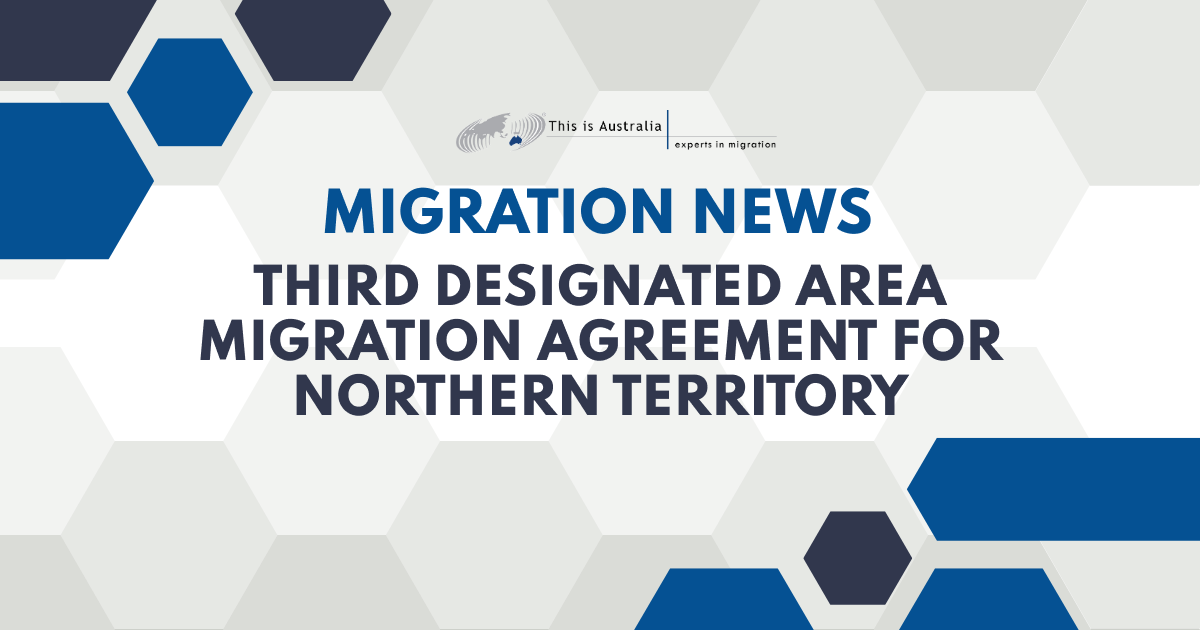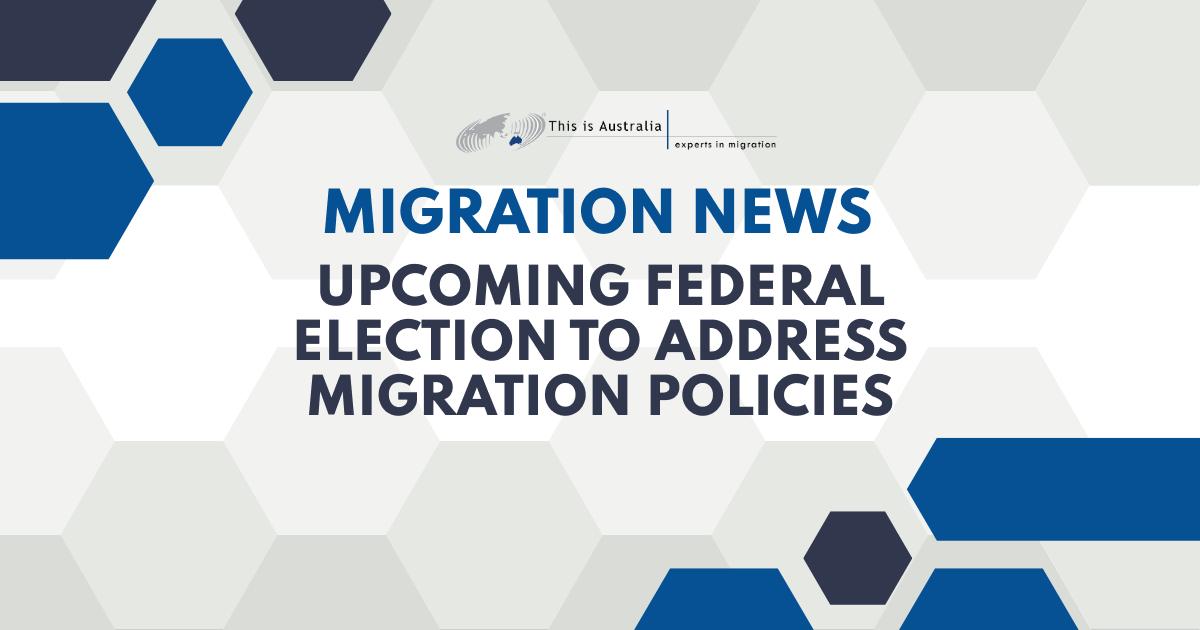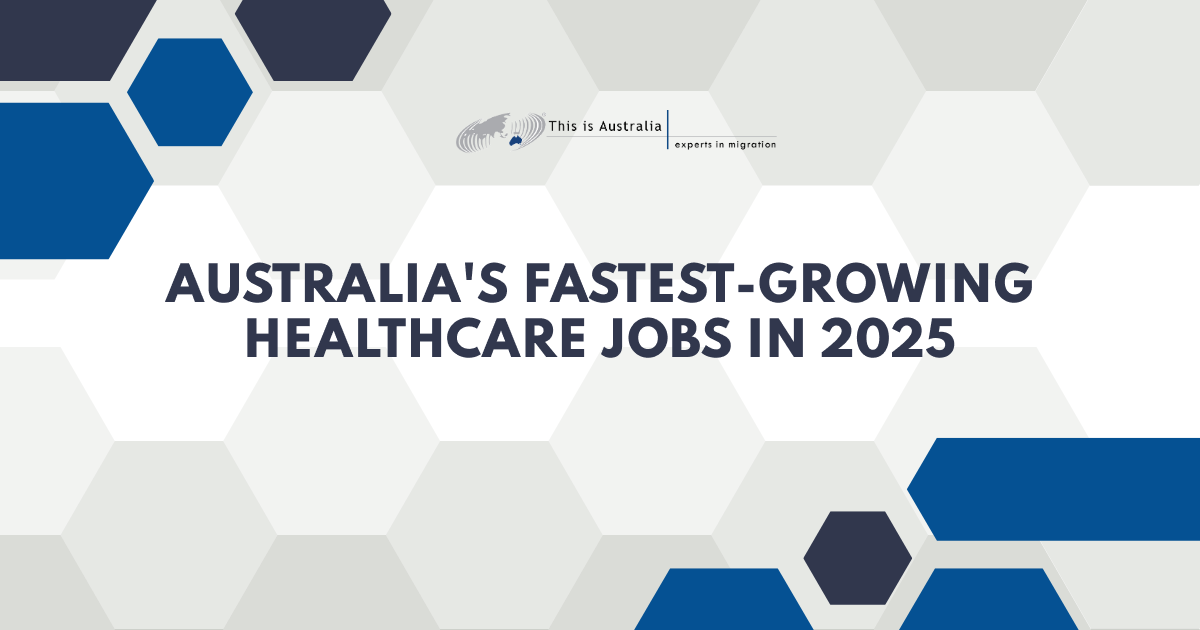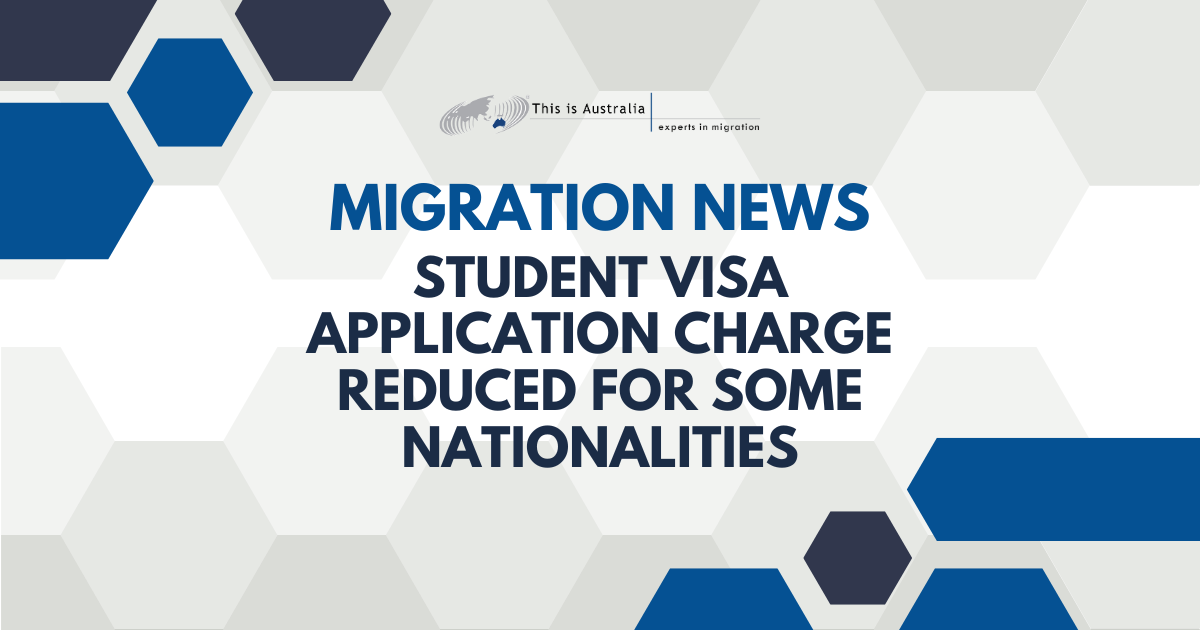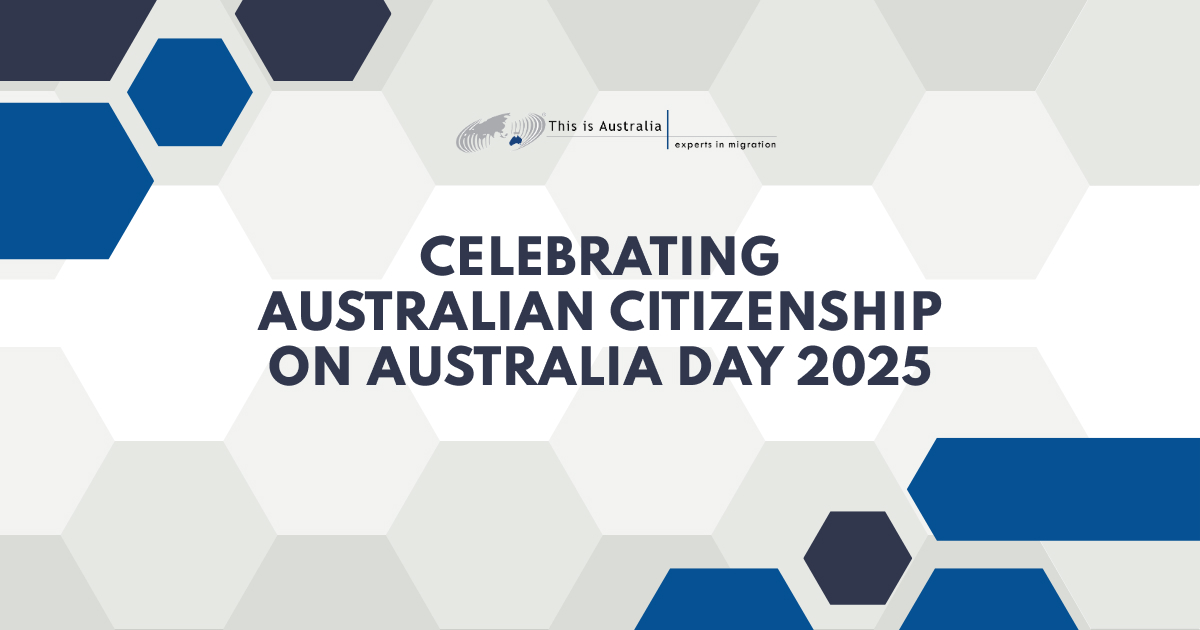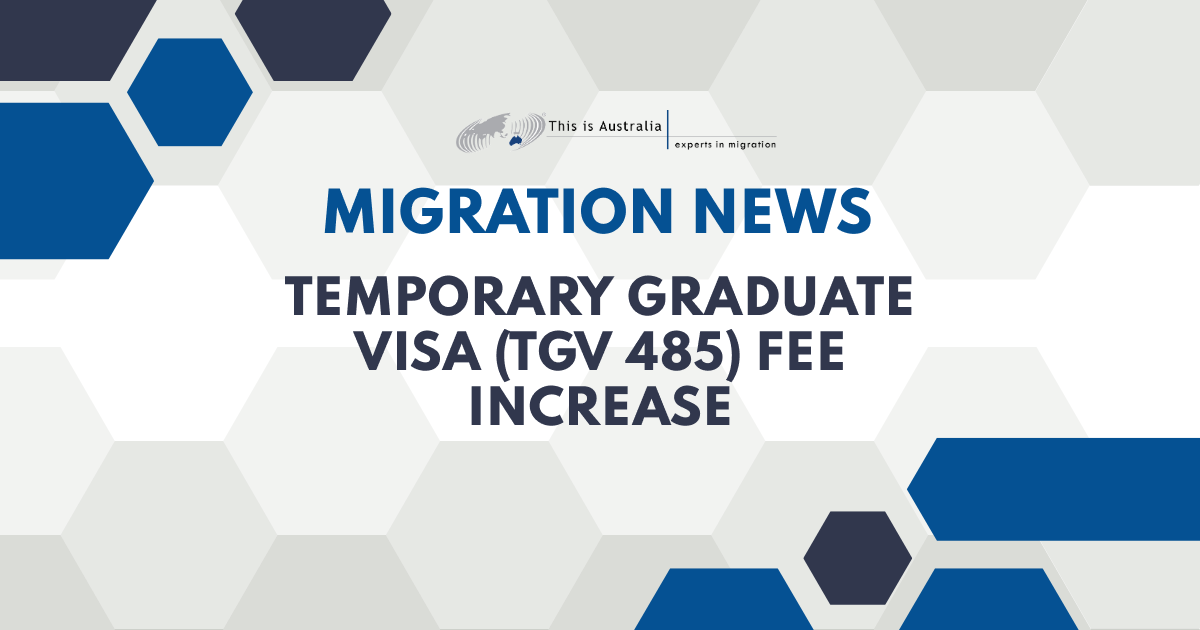Migration Program Planning Levels 2024-25
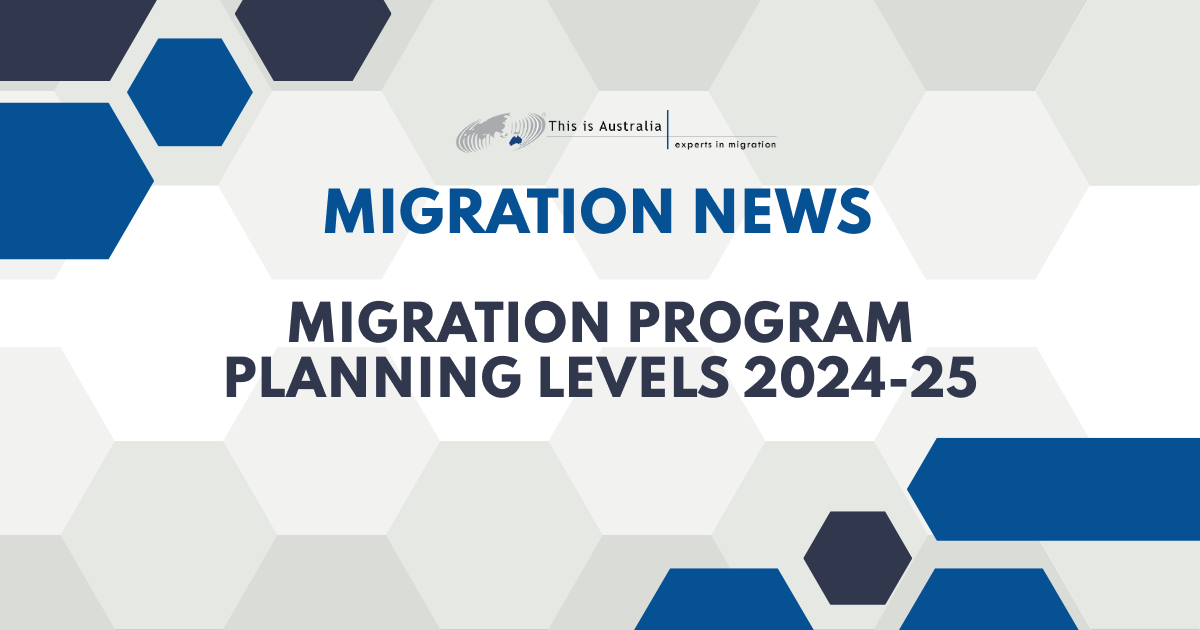
As we enter 2025, the Australian Government’s Migration Program planning levels, set in May 2024, will guide migration policies for the years ahead.
The total planning level for the 2024-25 Migration Program is projected to be 185,000 places.
Unlike previous one-year cycles, the government is now shifting to a four-year planning horizon starting from 2025–26. This change aims to better align migration with long-term infrastructure, housing, and service needs, providing a more strategic approach to Australia’s immigration framework.
Multi-Year Planning Model for Migration
Starting in 2025–26, the Australian Migration Program will adopt a multi-year planning model, extending the planning horizon to four years.
This shift aims to better align migration planning with long-term infrastructure, housing, and service needs across all levels of government.
By incorporating housing supply as a key factor, the new approach will shape the direction of migration policy.
Public consultation on the size and composition of the first four-year cycle, covering 2025–26 to 2028–29, will start later this year, allowing stakeholders to contribute to a strategy that supports economic growth and social cohesion.
Allocation of Migration Categories
The planning levels are divided into three main categories: Skilled Migration, Family Migration, and Humanitarian Migration.
Skilled Migration
The Skilled Migration category remains a priority, with 132,200 places allocated for skilled workers.
This category is designed to attract individuals who can fill gaps in the Australian labour market, ensuring that the economy continues to thrive.
Key Visa Options for Skilled Migrants:
- Skilled Independent Visa (Subclass 189): For skilled workers who are not sponsored by an employer or family member.
- Skilled Nominated Visa (Subclass 190): For skilled workers nominated by a state or territory government.
- Skilled Employer Sponsored Regional Visa (Subclass 494): For skilled workers sponsored by an employer in a designated regional area.
Family Migration
The Family Migration category has been allocated 52,500 places. This stream allows Australian citizens and permanent residents to sponsor family members for migration, promoting family reunification and social cohesion.
Key Visa Categories in Family Migration:
- Partner Visas: For spouses and de facto partners of Australian citizens or permanent residents.
- Parent Visas: For parents of Australian citizens or permanent residents.
- Child Visas: For dependent children of Australian citizens or permanent residents.
Humanitarian Migration
The Humanitarian Migration category has been allocated 20,000 places. This program is dedicated to resettling refugees and others in humanitarian need, providing protection for those who arrive lawfully in Australia and engage with Australia’s protection obligations.
Objectives of the Humanitarian Program:
- To offer resettlement for refugees and individuals facing persecution or violence in their home countries.
- To support community integration and provide essential services to humanitarian entrants.
Migration Program planning levels 2023–24 and 2024–25 Federal Budgets
| Visa Category | 2023–24 Planning levels | 2024–25 Planning levels |
|---|---|---|
| Employer Sponsored | 36,825 | 44,000 |
| Skilled Independent | 30,375 | 16,900 |
| Regional | 32,300 | 33,000 |
| State/Territory Nominated | 30,400 | 33,000 |
| Business Innovation & Investment | 1,900 | 1,000 |
| Global Talent (Independent) | 5,000 | 4,000 |
| Distinguished Talent | 300 | 300 |
| Skill Total | 137,100 | 132,200 |
| Partner * | 40,500 | 40,500 |
| Parent | 8,500 | 8,500 |
| Child | 3,000 | 3,000 |
| Other Family | 500 | 500 |
| Family Total | 52,500 | 52,500 |
| Special Eligibility | 400 | 300 |
| Total Migration Program | 190,000 | 185,000 |
* Delivery of the Partner and Child visa categories are demand driven, with indicative planning levels only.
State and territory nominated visa categories
Under the Migration Program settings, nomination allocations are available to states and territories in the following visa categories:
Each state and territory in Australia evaluates eligible applicants based on criteria specific to their jurisdiction. For more details on the nomination requirements for each state and territory, please visit:
- ACT – Migration
- NSW – Visas and migration
- VIC – Live in Melbourne
- QLD – Business & Skilled Migration Queensland
- NT – Migrate
- WA – Skilled Migration Western Australia
- SA – Move to South Australia
- TAS – Migration Tasmania
The Department processes both existing and new applications nominated by states or territories according to the permanent Migration Program planning levels and skilled visa priorities.
2024–25 state and territory nomination allocations
Nomination allocations are the number of new primary applicants each state or territory can nominate in a program year. New applications are added to the existing on-hand caseload in these visa categories.
Nomination allocations do not reflect the total number of visa applicants in these categories and do not limit the number of visas able to be granted in these visa categories.
Nomination allocations for the 2024–25 Migration Program are below.
| State | Skilled Nominated (Subclass 190) visa |
Skilled Work Regional (Subclass 491) visa |
|---|---|---|
| ACT | 1,000 | 800 |
| NSW | 3,000 | 2,000 |
| NT | 800 | 800 |
| QLD | 600 | 600 |
| SA | 3,000 | 800 |
| TAS | 2,100 | 760 |
| VIC | 3,000 | 2,000 |
| WA | 3,000 | 2,000 |
| Total | 16,500 | 9,760 |
How This is Australia Can Assist You
If you’re considering migrating to Australia or have questions about the current Migration Program planning levels, we are here to help. Our team of licensed migration agents can provide expert guidance tailored to your unique situation.
For more information on visa options and to start your migration journey, contact us today!
Recent posts

SkillSelect – Independent Visa (Subclass 189)


